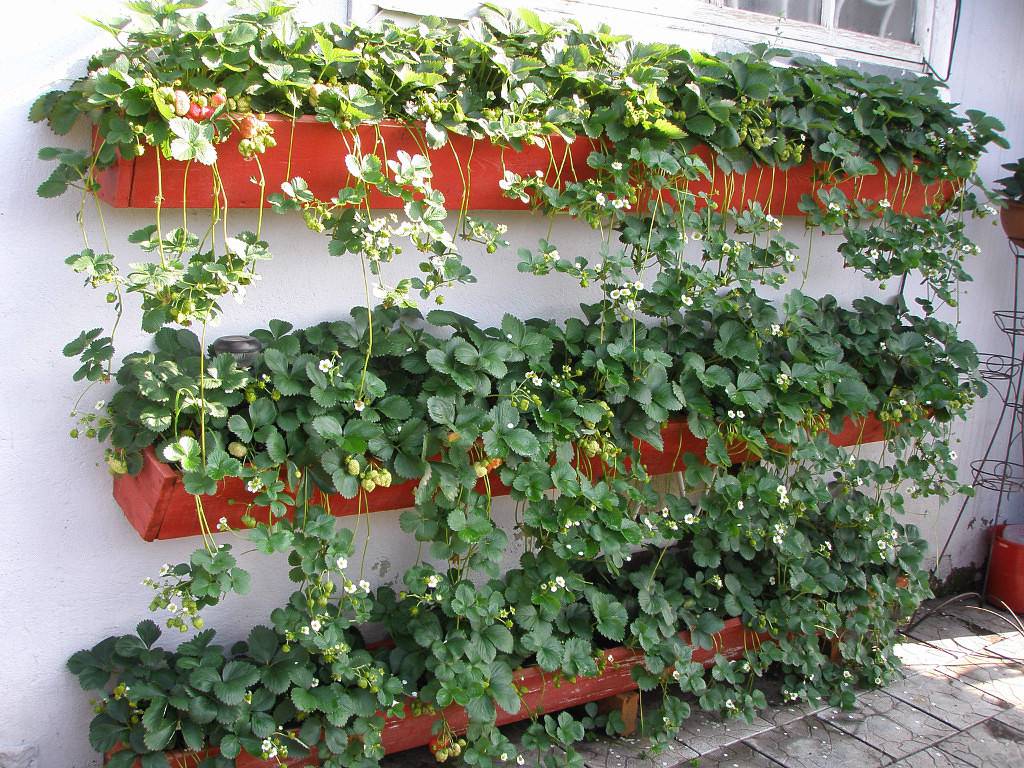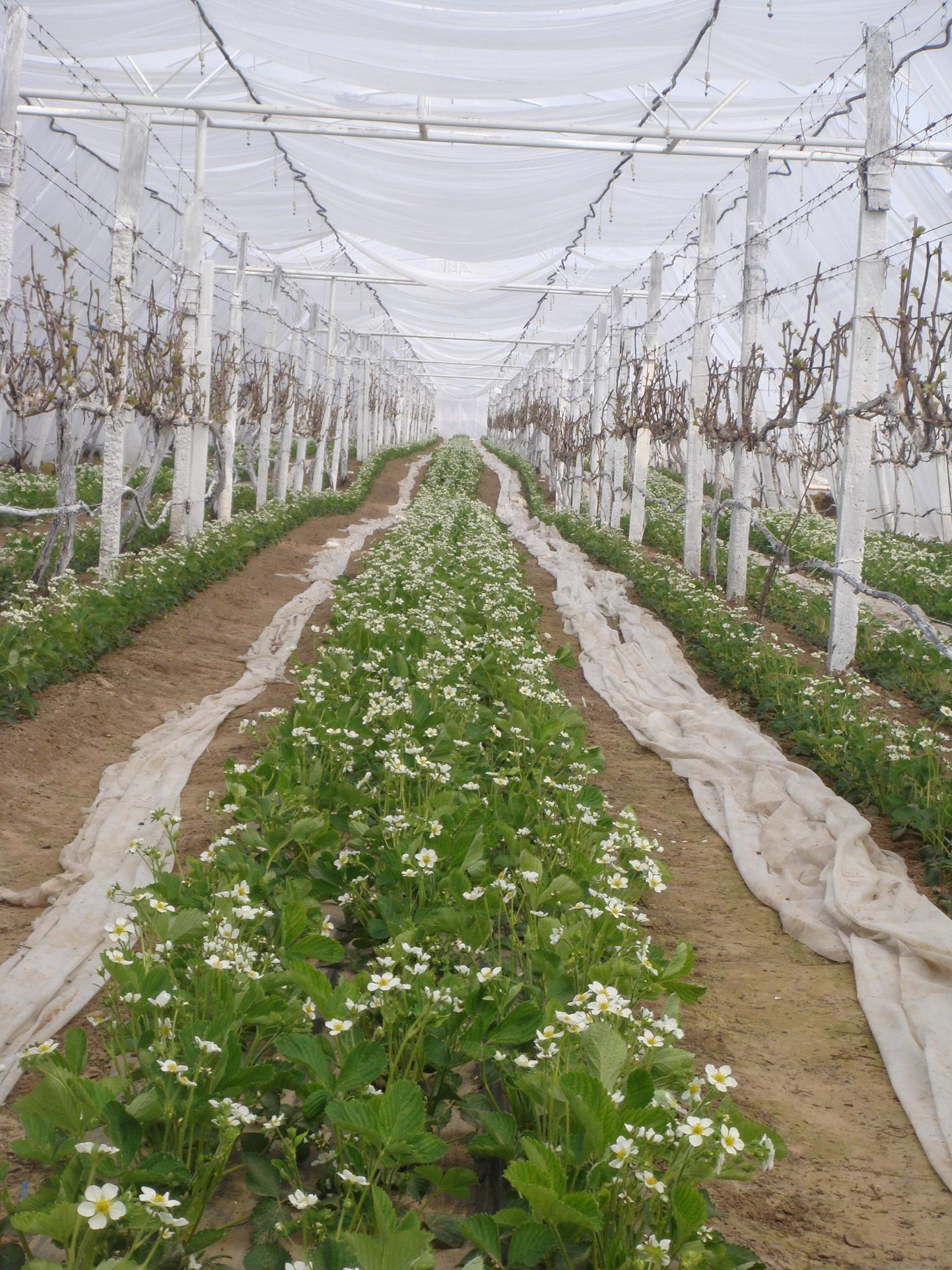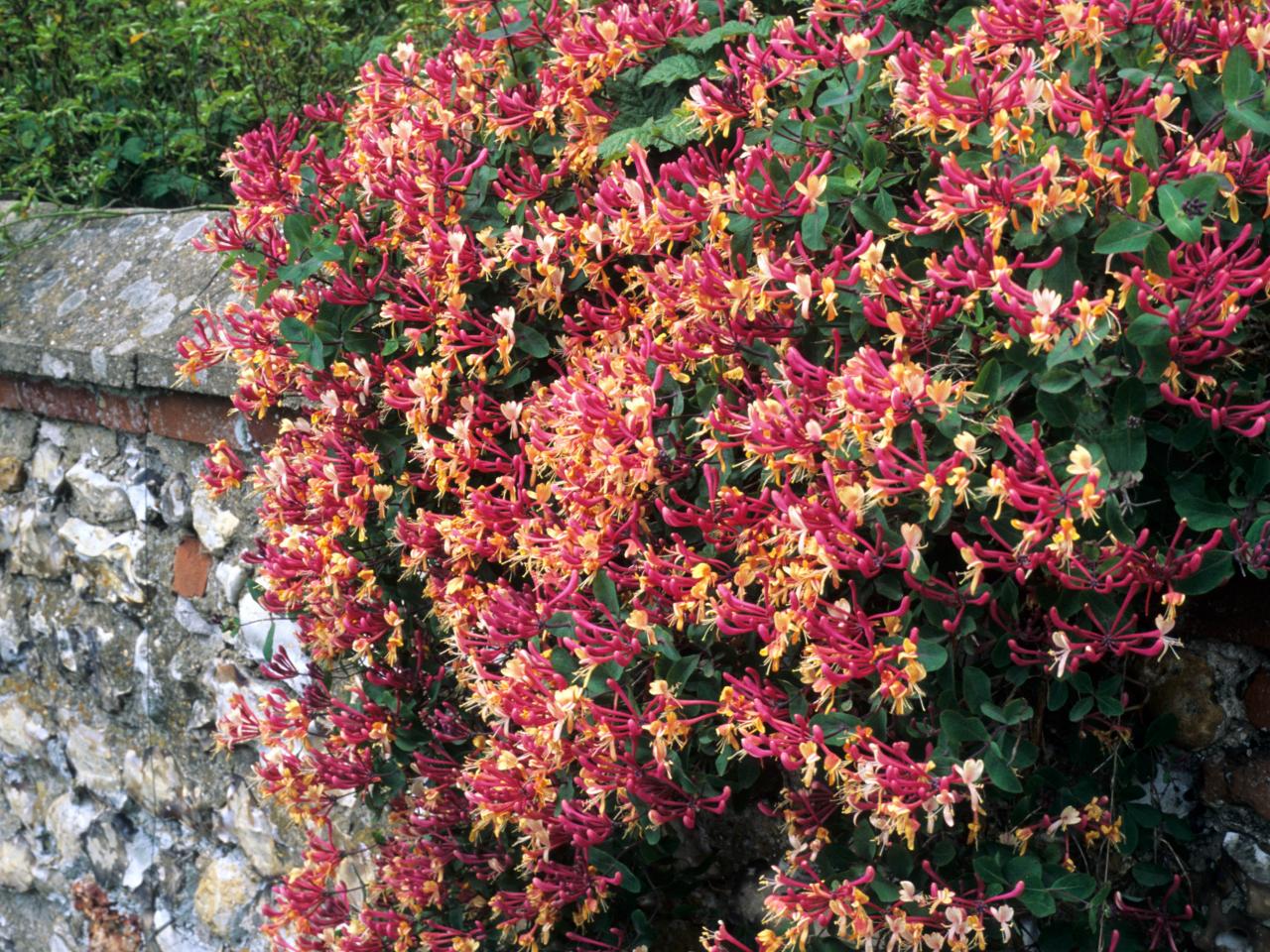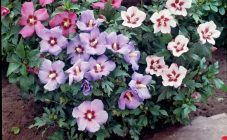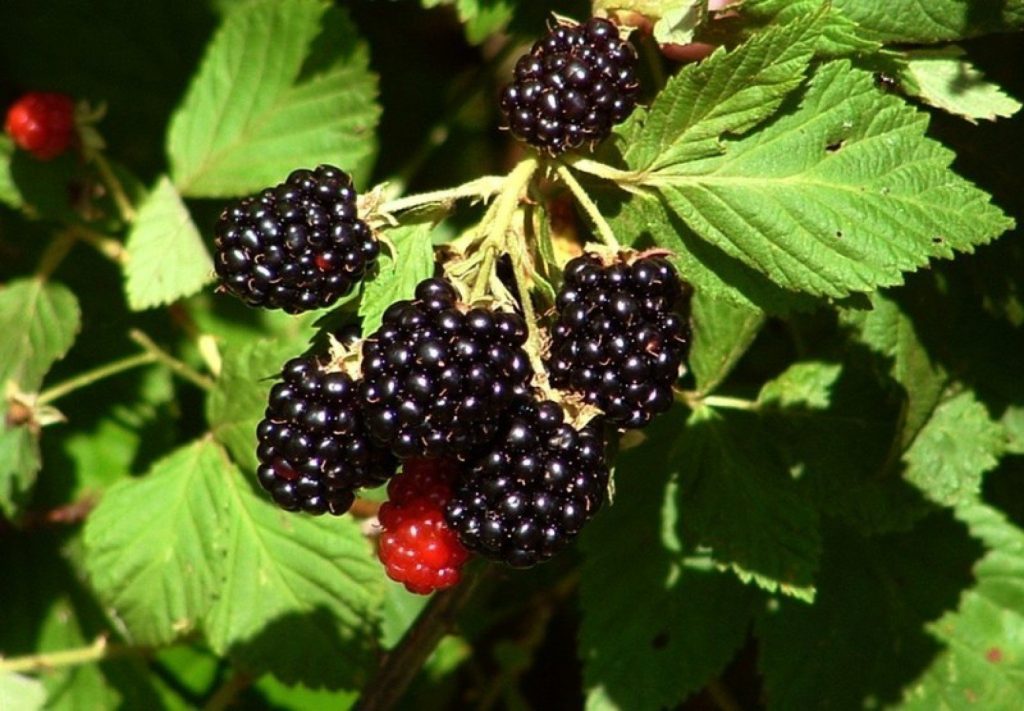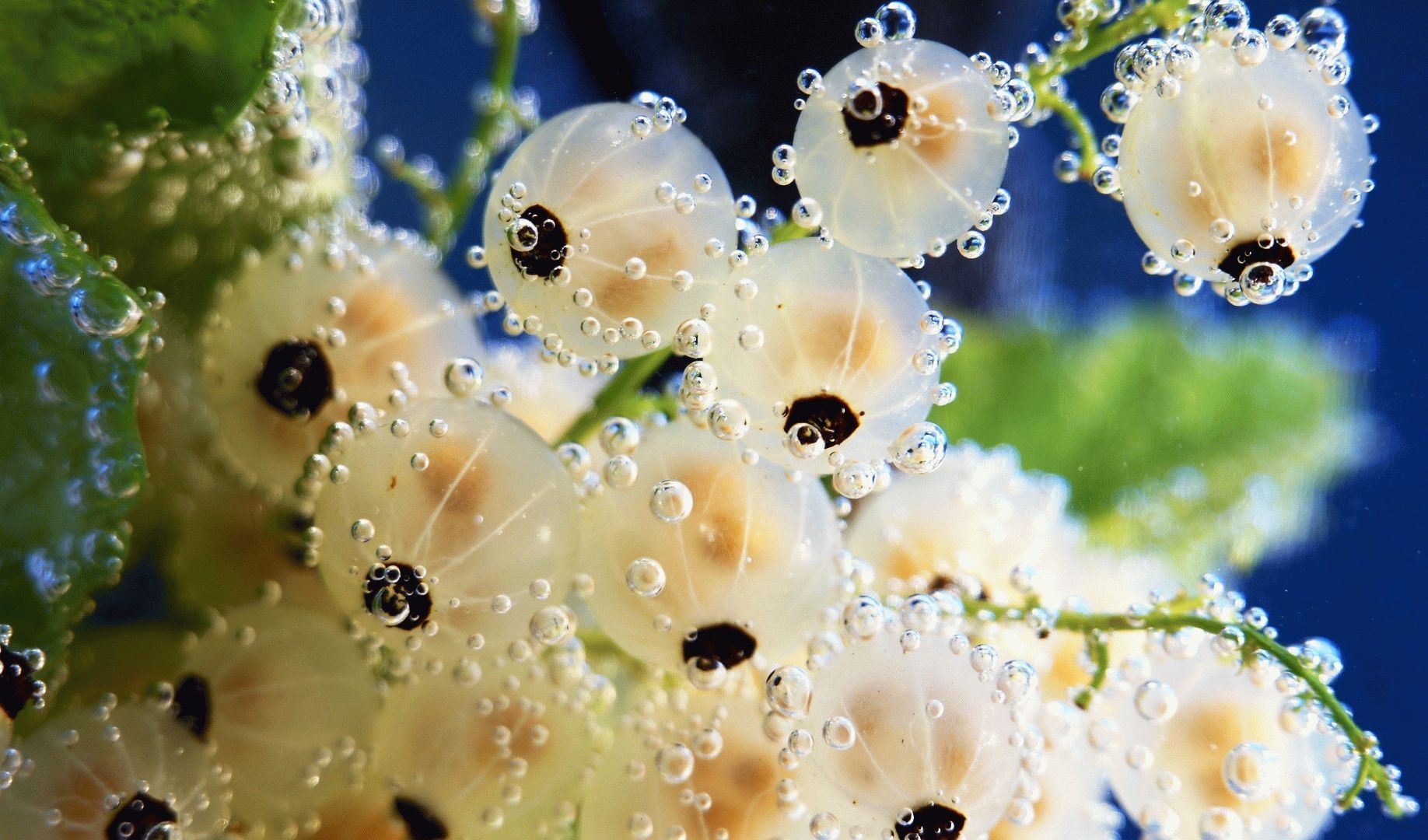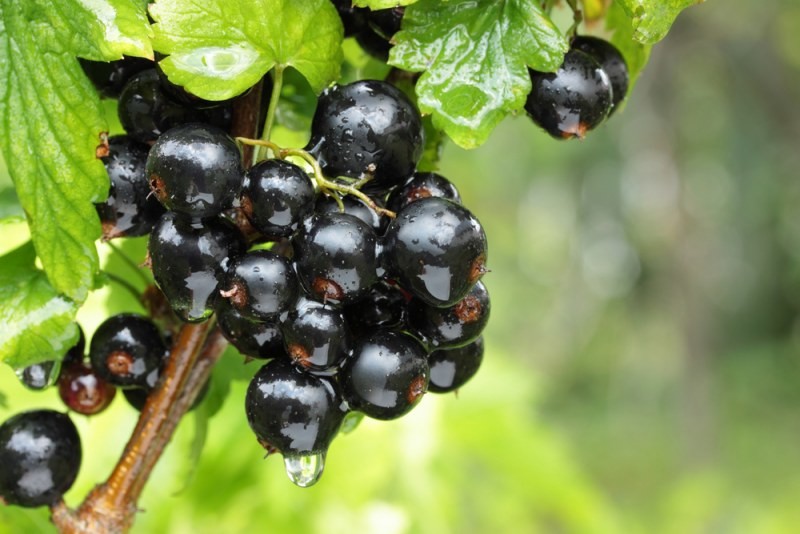Content:
For many all year round, strawberries are one of their favorite treats. Even centuries ago, they made medicinal teas, compotes from it or its wild variety - strawberries, made preserves for the winter, jam, and also simply consumed fresh bites with various sweets.
The most delicious berry is the one that is grown on your own backyard. This is the only way to be sure that the product is environmentally friendly and there are no harmful chemicals in the composition. There is an opinion that climbing strawberries is extremely difficult to grow, but this, fortunately, is a delusion. The main task of the gardener is to follow all the rules and instructions of professional agronomists.
Curly strawberries: care and cultivation
Before considering the features of growing a crop, you need to familiarize yourself with the main distinctive features of curly strawberries.
- The resulting whiskers fall down. Thanks to this feature, the plant can be fixed on vertical structures.
- Fruits form on the whiskers, not just the peduncles. Thanks to this, the agronomist receives a large amount of the crop.
- The vast majority of varieties of climbing strawberries are remontant.
- Braided strawberries are easy to grow. The plant is unpretentious, there is no need to bend over during harvest.
- The disadvantages include frequent watering and difficult preparation for wintering.
Curly strawberries: cultivation features
It is necessary to take into account the fact that the plant will develop and bear fruit in a place with a limited amount of soil (balcony, windowsill, on vertical structures). That is why special attention must be paid to the planting substrate - its looseness, airtightness, as well as the concentration of nutrients. In specialized stores, you can buy special land intended for growing creeping strawberries.
If you prepare the land yourself, it should be neutral, and also contain a sufficient amount of potassium, phosphorus and nitrogen.
Recipe for making a suitable mixture:
- 1 part coarse sand;
- 4 pieces of sawdust;
- 10 parts of humus;
- 10 parts of peat land;
- 10 parts of sod land or black soil.
In order to provide yourself with large berries as soon as possible, you must follow all the rules for planting a culture in an apartment or in a summer cottage. The optimal time for planting is August or April. It is better to plant hanging strawberries directly in a permanent pot, since the root system is extremely susceptible to transplanting.
In reality, for abundant fruiting, strawberries should be planted not in spring, but in autumn, immediately erecting insulated vertical structures. For good wintering, you can also bring containers with plants into a frost-free room, this will be quite enough. To increase fruiting in spring, it is necessary to remove the first few peduncles and apply fertilizers containing potassium and phosphorus to the soil.
It is necessary to plant a plant according to the same principle as an ordinary strawberry.The most important thing is to spread all the roots in length so that they do not bend or go to the side.
Climbing strawberries: reproduction
Due to the large number of whiskers formed, which, in fact, form ampelous varieties of culture, it is extremely easy to propagate plants.
Proper care involves leaving no more than 5 whiskers on which the sockets are located. The rest must be removed, otherwise the mother plant will begin to rapidly lose its strength, will cease to form fruits and flowers.
Sowing with seeds
To obtain seeds during fruiting, it is recommended to select several large fruits, dry them and collect all the seeds. In spring they can be planted in the soil. It is worth paying attention to the fact that several different varieties of strawberries cannot get along side by side. It is especially not recommended to grow ampelous and common varieties nearby.
Another important point is that you should not grow a crop from old seedlings. They will no longer bear fruit and grow properly. You should not give preference to too small planting material. It is better not to save money and purchase several dozen high-quality, large and strong bushes that will bear fruit abundantly, and not just take up space and take time and effort.
Hanging strawberry care
Even a novice agronomist will be able to care for curly strawberries. You should not believe the myths about the impossibility of growing this culture in your apartment or summer cottage.
Curly repairing strawberries: care and planting
- On vertical beds, the soil dries up quite quickly, so it is necessary to water the plants at intervals of no more than 2-3 days. To prevent decay, it is necessary to water exclusively the root zone.
- This variety of strawberries and wild strawberries is very fond of light, but at the same time does not react well to drafts. The place should be well lit, but protected from the wind.
- The culture needs frequent feeding. The optimal frequency of fertilization is 1 week. Strawberries, which will bear fruit already for 2, 3 years, must be fertilized shortly before flowering; do it annually. To increase the abundance of fruiting and enrich the composition of the soil, it is necessary to carry out regular fertilizing using organic or mineral fertilizers.
- Strawberry bushes should be regularly inspected, old leaves removed and weeded. Single peduncles in young plants must be removed. One crop should have no more than 5 whiskers, all others should be cut off. To rejuvenate the plant after fruiting, it is recommended to trim the leaves.
- One of the most sensitive questions that concerns the care of curly strawberries is its transplant. The most suitable time for this activity is early spring. You will first need to pinch off several of the strongest antennae from large and flowering bushes. Climbing varieties can be planted at the rate of no more than 70 bushes per 1 sq. M.
Curly strawberries are not only tasty and aromatic, but also a beautiful and very healthy berry. It will not be difficult to grow it even for a novice gardener, it is enough to familiarize yourself with the rules for planting and leaving it, and then constantly follow them.

